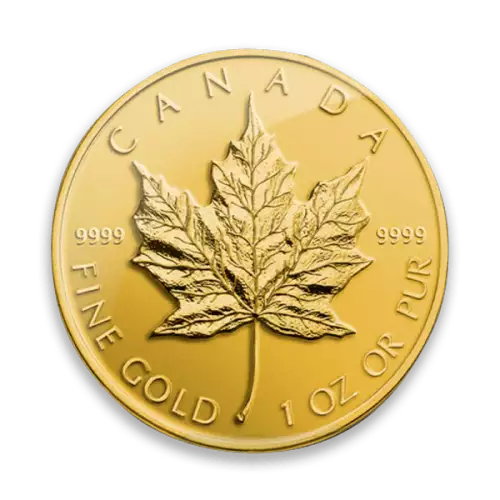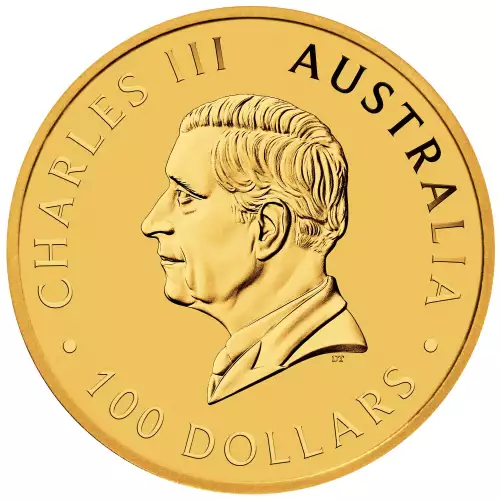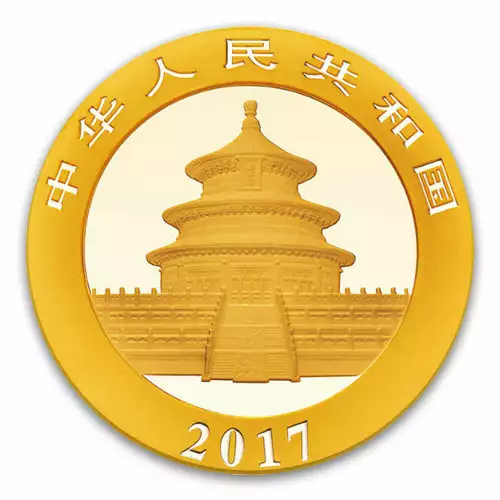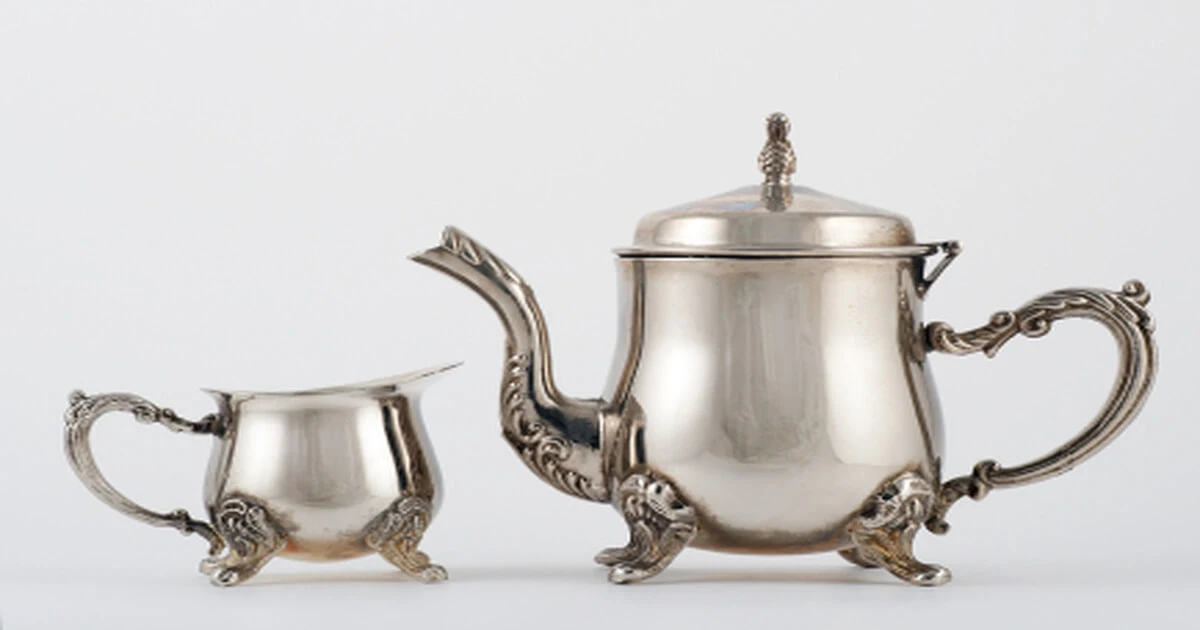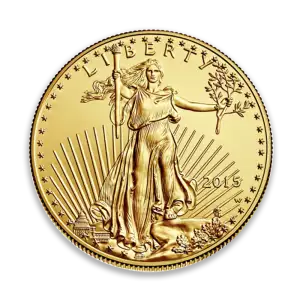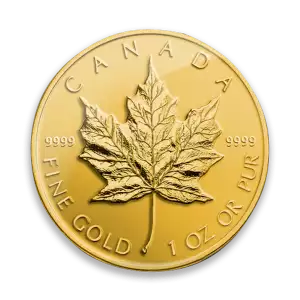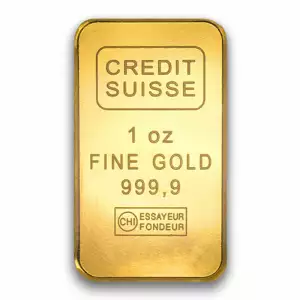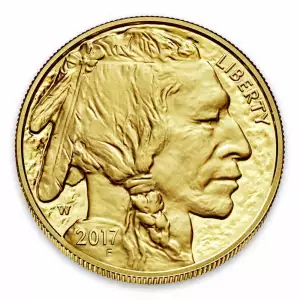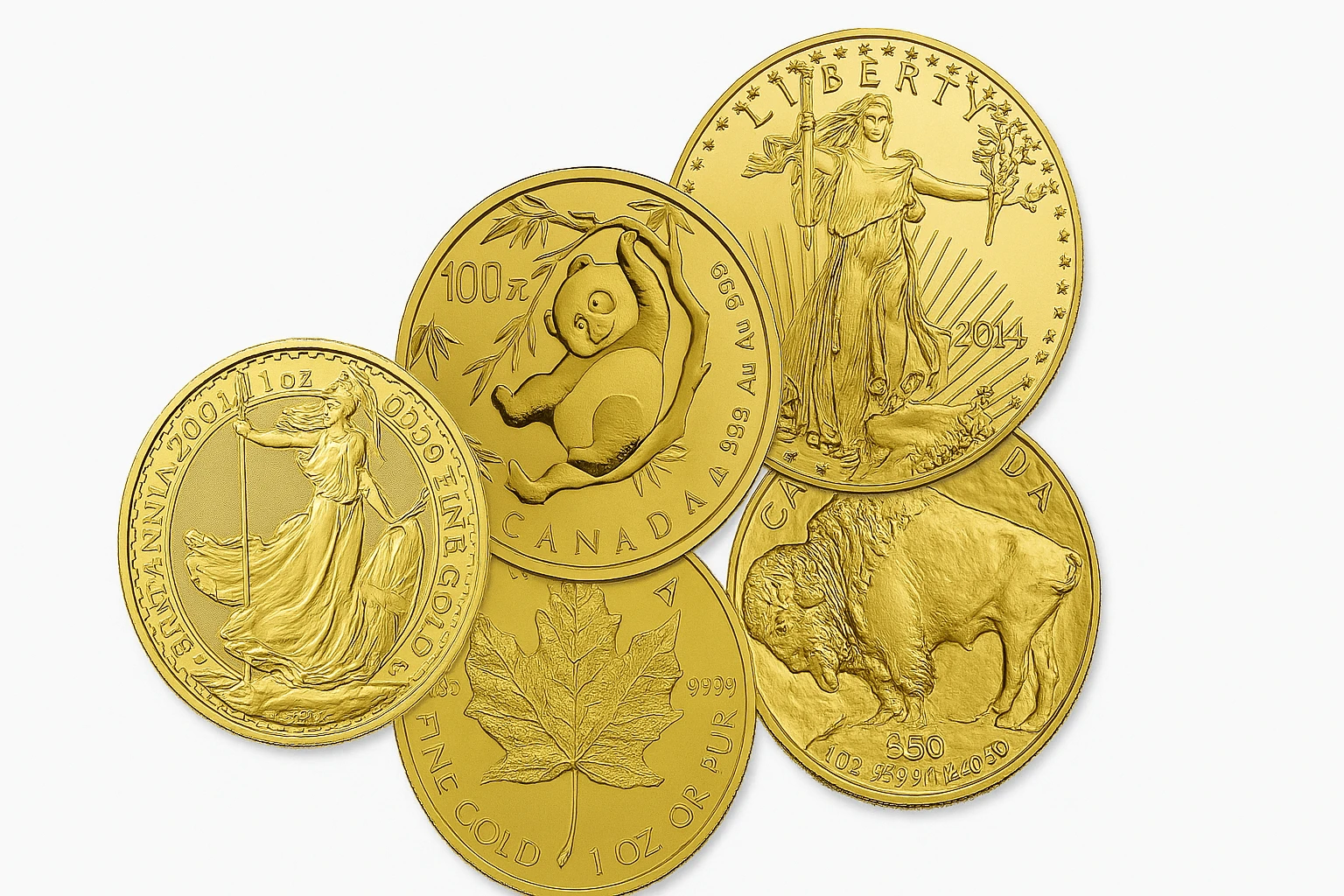
Ever held a valuable metal coin and thought to yourself how much it could be worth? Well, you’re not the only one. Investing in precious coins has been a time-tested method to preserve wealth, hedge against inflation, and make a great buck. But let's get some insight into the true distinction between bullion coins and numismatic coins—because trust us, the wrong choice could be a pricey mistake.
In this blog, we'll explore the fundamental distinctions between bullion and numismatic coins, breaking down their unique features, advantages, and considerations. You'll learn about their pricing, liquidity, and potential returns, enabling you to decide which type of coin aligns best with your financial goals and investment strategy.
What are Bullion Coins?
Bullion coins are best-selling investment opportunities for investors who wish to truly own valuable metals. Unlike collectible coins, their value hinges on how much gold, silver, platinum, or palladium it is composed of instead of how rare they are. They provide a straightforward means of hedging against financial risk and inflation.
Definition and Purpose
Minted by government agencies, bullion coins are worth the metal they are made of. They depend for their value directly on what their enclosed metal would cost on the open market, and, hence, they remain liquid and a solid investment in contrast to numismatic coins.
Popular Examples of Bullion Coins
Some examples of widely recognized bullion coins are:
- American Gold Eagle (United States): 22-karat gold coins, backed by the American government.
- Canadian Maple Leaf (Canada): .9999 fine, pure gold.
- South African Krugerrand (South Africa): The first gold bullion investment coin.
- Austrian Philharmonic (Austria): Options varying between gold, silver, and platinum
- British Britannia (U.K.): Significant gold content and a timeless design make it desirable.
Market Value Determination
The cost of bullion coins depends on the live spot price of their respective metals. Since they are mainly exchanged for the value of metal, they tend to have a little premium over the spot price, hence, they are an inexpensive investment for someone who desires to diversify their portfolio with physical holdings.
What Are Numismatic Coins?
While bullion coins are the stable, no-frills investment option, numismatic coins are their more interesting, history-laden relatives. These coins are not merely about metal content—they possess history, scarcity, and a collector's zeal. Numismatic coins can transform an ordinary chunk of gold or silver into a treasured item worth much more than its weight.
Definition and Collector Appeal
Numismatic coins are valued because they are unique, and not just for the metal they contain. Consider them as works of fine art in numismatics—condition, scarcity, and historical relevance all factor into their value. Unlike bullion coins, whose values track the tides of the metal market, numismatic coins live and breathe in the hands of collectors and history enthusiasts.
Examples of Popular Numismatic Coins
Some coins are renowned not only for their composition but for the tales they tell:
- Pre-1933 U.S. Gold Coins: When gold was still in the pockets of everyday people, believe it or not, these coins were actual currency! Now, they are frequently scarce treasures collected with historical and investment value.
- Morgan Silver Dollars: Introduced and produced between 1878 and 1921, these heavy silver coins have an Old West charm and a timeless design that fascinates collectors.
- Ancient Coins: Ever imagined holding a part of the rich Roman history? Ancient coins from long-lost empires provide the tangible link with the past that puts them in demand.
How Value is Determined
Rare numismatic coins don't track the price of gold and silver—rather, they track collector demand. A coin’s value is determined by several factors, like mintage, age, and rarity. Grading companies such as PCGS, NGC, and CAC assign official grades to coins, with the highest-graded coins selling for stratospheric prices. Unlike bullion, numismatic coins can skyrocket in value even when metal prices remain stagnant, making them a thrilling and, well, more volatile investment.
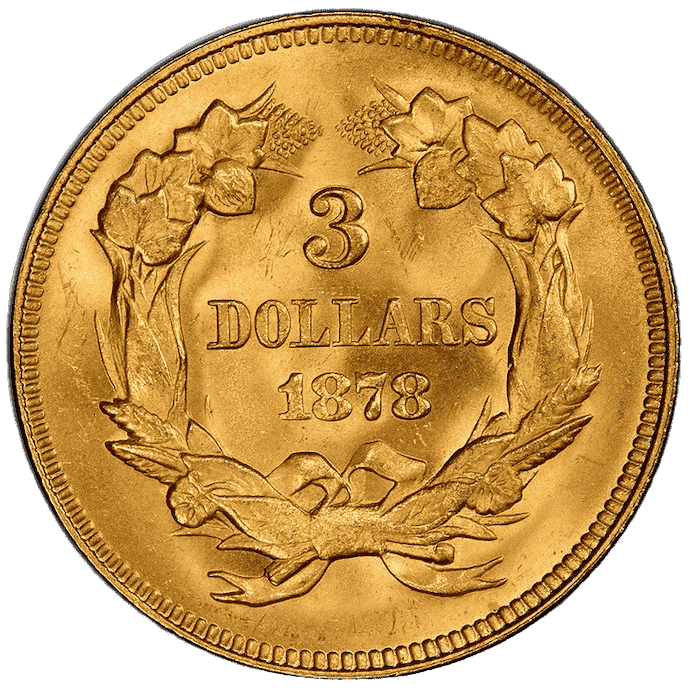
Key Differences Between Bullion and Numismatic Coins
Bullion and numismatic coins might look the same, but they play entirely different roles within the investment community. One is a metal-only game, while the other is an interplay of history, rarity, and collector demand. Let's break out the key differences so you can determine which is best suited to your investment goals.
Price Volatility and Market Fluctuations
Bullion coins are easy—if gold or silver prices appreciate, so does your coin value. If prices plummet, so does your investment. Simple. Numismatic coins do not track metal prices nearly as directly, however. Instead, their worth rests on things like collector interest, history, and condition. Numismatic coins tend to be more stable—and can even appreciate—while bullion prices drop, yet still be highly volatile.
Liquidity and Ease of Selling
Haven't got time to sell? Bullion coins are the hands-down choice. Since they're worth their weight in metal, it's a simple matter to sell them at prevailing market prices. Numismatic coins? Not exactly. Since their value is subjective, selling them can require some work—tracking down the right buyer, bargaining, and sometimes even getting professional appraisals done. Want an easy-to-liquidate investment? Bullion's the ticket.
Long-term vs. Short-term Investment Goals
If you desire an absolute way of keeping your wealth, bullion coins are your number one option. They are an inflation hedge and an economic downturn. However, if you have the patience and an eye for rare treasures, numismatic coins can be both an enjoyable hobby and a long-term investment. Just be aware that their worth isn't guaranteed—it depends on the trend of the collector's market, which can change in the future.
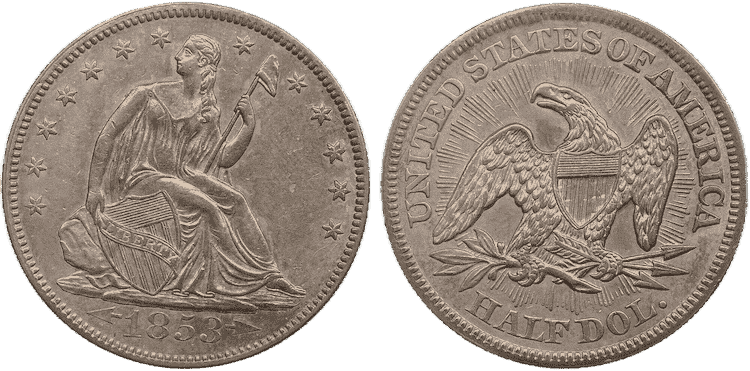
Pros and Cons of Investing in Bullion Coins
Bullion coins are popular with investors since they are simple and dependable, but as with all investments, there are a few disadvantages too. Here's a quick rundown:
Pros:
- Simple Pricing by Metal Value: No confusion. Bullion coins are priced by the gold, silver, or platinum content, which makes it super easy to sell them.
- Extremely Liquid and Simple to Sell: Because they're pegged to the spot metal price, it's as simple as going into a precious metals store and selling. No necessity to find collectors and haggle.
- Great Inflation Hedge: When inflation increases and the dollar depreciates, bullion remains steady or gains value and is, therefore, a great wealth-holding device.
Cons:
- Restricted Premium Over Metal Content: While rare coins are more valuable than the metal, bullion is only as valuable as the metal. Aside from a special proof or special edition coin, there isn't much room for added value.
- Subject to Market Price Swings: Although bullion is steady in the long term, short-term price swings are unpredictable. When the price of gold or silver goes down, down goes your investment, too.
Pros and Cons of Investing in Numismatic Coins
Numismatic coins bring history, rarity, and collector demand into the investment universe. They offer high returns but require a keen eye and waiting. Below is a concise rundown of the pros and cons:
Pros:
- Long-Term High Appreciation Potential: In contrast to bullion, which can go up and down with metal prices, numismatic coins can appreciate in value depending on demand and scarcity. A rare coin in good condition can be worth several times its initial value.
- Collector's Value Beyond Metal Content: Such coins are worth more than the gold or silver content. They possess great artistic beauty, a rich history, and are rarely printed with a limited supply, hence of additional value above the metal.
- Historical Significance Adds to Demand: Coins from historically important times—whether ancient Rome, early America, or pre-1933 U.S. gold coins—possess an undeniable allure. The older and rarer the coin, the more money collectors are willing to pay.
Cons:
- Requires Coin Grading and Rarity Expertise: Numismatic coin investing is not as simple as buying gold bars. You need to be aware of grading systems, rarity factors, and collector trends to make smart purchases.
- Market Demand Fluctuations, Making Resale Unpredictable: It can be time-consuming to sell to the right buyer, and collector demand can shift. Unlike bullion, which can be readily sold on metal content, numismatic coins require patience to get optimal pricing.
Finding the Right Investment Strategy
Investing in precious metals is not a one-size-fits-all approach. Effective investment strategies must be tailored to a variety of factors, including your risk tolerance, long-term financial objectives, and awareness of market dynamics. The following sections will help you identify the right balance to suit your investment profile.
Diversifying Between Bullion and Numismatic Coins
An intelligent portfolio is not an all-or-nothing kind of situation. Bullion coins offer liquid value and provide a hedge against inflation, while numismatic coins possess the potential for higher returns. A balanced mix ensures the right amount of risk management—bullion offers a safety net, while numismatics offers potential for growth.
Discovering Your Investment Goals
Do you desire to accumulate wealth for inflation, or are you investing long term? If liquidity and security are the top concerns, bullion is your choice. If you can hold on and have a keen eye out for the unusual discovery, numismatic coins can be a good addition to your portfolio.
Assessing Market Trends
Timing is everything. When precious metal prices are low, you can buy and hold on to bullion until the value appreciates. When collectors drive up demand, numismatic coins fetch high prices. Understanding trends and cycles of historical prices will help you make smart purchases.
Why Invest in Pacific Precious Metals?
Choosing the right dealer is as important as choosing the right coins to invest in. We here at Pacific Precious Metals ensure a safe, trusted way that also ensures you get the most value on your investments. Here's why investors turn to us in such great numbers:
Wide Selection of Bullion and Numismatic Coins
We offer a carefully selected selection of top-grade bullion and rare numismatic coins. To offer stability in gold and silver bullion or collect coins with historical significance, we present each coin at the top grade.
Competitive Pricing and Market Transparency
We follow fair and honest pricing with no extra or surprise charges. Our prices are based on current market rates, so you can see exactly what you're paying. Buy or sell with us, and we guarantee you will receive maximum value for your money.
Expert Advice for Investors and Collectors
While investing in precious coins can be quite daunting, you need not navigate it alone. Our professionals are more than glad to be able to assist you and give you expert knowledge and tips, and tricks— it does not matter if you’re starting out or wanting to expand your vast collection
Secure Buying and Selling Options
Your security is our primary concern. We offer secure and reliable transactions, secure storage methods, and an honest buyback program. It's easy and convenient to sell when you're ready.
We here at Pacific Precious Metals are committed to helping you to invest with confidence. If you're accumulating bullion for safety or looking for the rare find, we'll help you along the way.
Get Your Investment Right
Investing in coins involves aligning your choices with your financial goals. Bullion coins offer security and act as a hedge against inflation, while numismatic coins provide rarity and historical significance with potential for appreciation.
At Pacific Precious Metals, we're committed to guiding you through the investment process, offering expert advice, and a wide selection of high-quality coins. Whether you're interested in the stability of bullion or the allure of numismatics, we're here to help you invest with confidence.

